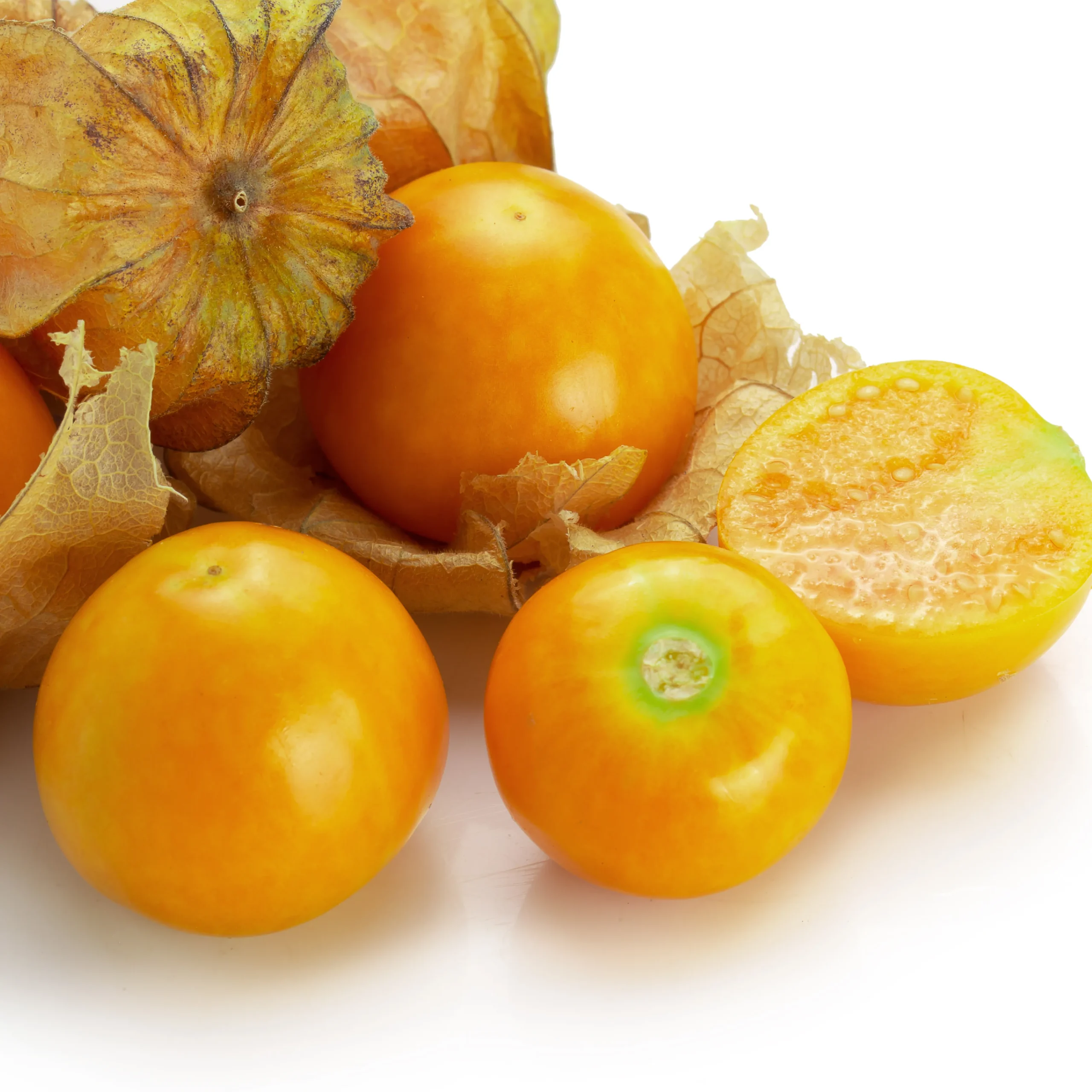

INTRODUCTION
Golden Cape Gooseberry, also known by various names such as Peruvian groundcherry, Inca berry, pichuberry, poha berry, and cape gooseberry, have an intriguing history and global presence. The name “Cape Gooseberry” is derived from the fruit’s introduction to Britain through settlers from the Cape of Good Hope. Scientifically, the plant is known as Physalis peruviana, and in many parts of the world, including India, it is often referred to as “physalis,” especially when used as a dessert garnish in restaurants. In India, it is commonly called “Rasbhari,” and when sundried, it is universally known as a Golden Cape Gooseberry.
Health Benefits
Weather and Taste
Nutrition Facts
Golden Cape Gooseberries are versatile and can be incorporated into various dishes and snacks:

USDA (USA)

GI Certified

India Organic


A legacy of excellence in organic mangoes. Buy premium 100% organic mangoes & products in India online. From the best hapus of Ratnagiri mango and Devgad mango to fruits, berries & pickles. Aamrai Organic brings the finest flavours of nature to your doorstep.
Copyright © 2025. All rights reserved by Aamrai Organic
DESIGNED & DEVELOPED BY ZAMSTARS
WhatsApp us
Share your details to receive an exclusive discount on the first batch of premium Malawi Mangoes this season. Don’t miss out on the taste of true luxury!